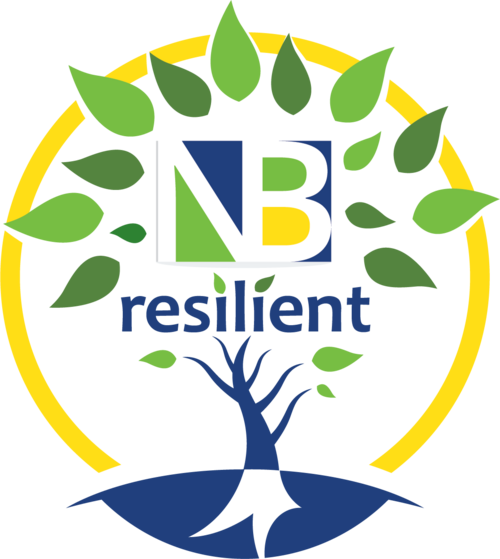Public Health & Safety
NB Resilient Goals
New Bedford’s public health and safety are at risk from our local climate change predictions. We’re expected to see a rise in heat related illnesses, severe weather damage, food-borne illnesses, and infectious diseases, such as Lyme disease. To limit the risk from impacts, NB Resilient has laid out four goals:
- Ensure vulnerable communities are engaged in decision-making and prepared for climate impacts.
- Prepare and support New Bedford residents to be self-sufficient for at least 72 hours after an extreme event.
- Improve accessibility to goods and services, such as fresh and healthy food and low-cost medical care.
- Build an effective emergency communication strategy across city departments and enhance public participation, availability of information, and quality of public services.
Food Security
Food Accessibility
The ability of all residents to access healthy food is critical to maintaining the health of a community. A priority action in NB Resilient is to improve access to local, healthy and affordable food by working with community partners to expand programming and outreach.
Healthy Living
Age-Friendly New Bedford
New Bedford is an age-friendly city—a place where civic and municipal leaders, community organizations, and residents are working together to create an environment that supports people of all ages and all abilities.
Teams of residents and community organizations are working together to improve residents’ health and quality of life, including access to housing, transportation, parks, healthcare, employment, and social opportunities.
Read the latest report here, which has resources for renting or owning a home and supporting home maintenance and repair.
Emergency Preparedness
Knowing the Risks
Climate change is increasing the frequency and severity of storms. Intense storms can leave cities without power and in a state of emergency. NB Resilient seeks to improve the New Bedford's communication capabilities to ensure we are prepared for any kind of emergency. FEMA suggests that people should be prepared to survive in their home for 72 hours with out power after an emergency.
Emergency Preparedness
Awareness Saves Lives
CodeRed is an emergency notification system through which town officials can contact residents and businesses by phone or text to delivery important community alerts during times of emergency.
Set up an account today and stay informed by visiting the Code Red website.
Emergency Preparedness
All Hazards Preparedness
To be resilient in the face of all types of threats, the City of New Bedford has adopted a comprehensive Multi-Hazard Mitigation Plan that covers a range of storms types and other types of threats.
In addition, the City's Emergency Management Department produces a number of resources to keep residents safe before, during, and after a major disaster.
Emergency Preparedness
Hazard Mitigation
While we face many hazards, there are steps that residents and businesses can do to reduce the risk of harm when those events occur. One of those is by building smarter, especially in places that face a particular climate risk, such as areas in storm water flooding or hurricane inundation zones.
Toolkits, such as those from A Better City provide a road map for dealing with climate related hazards such as flash flooding, urban heat island, and storm surge.
Source: Buzzards Bay National Estuary Program
Emergency Preparedness
Residents in the Flood Zone
As more intense storms become more common as a result of climate change, flooding is becoming more of an issue. This map shows the number of residents living in the 1% annual chance flood hazard area. These are the residents who are more likely to experience challenges related to increased flooding.
Learn more about the steps to prepare your home and find our more about National Flood Insurance.
Actions You Can Take
Be Prepared, Stay Healthy
The City is working hard to keep its residents safe and healthy! Here are some things you can do.

